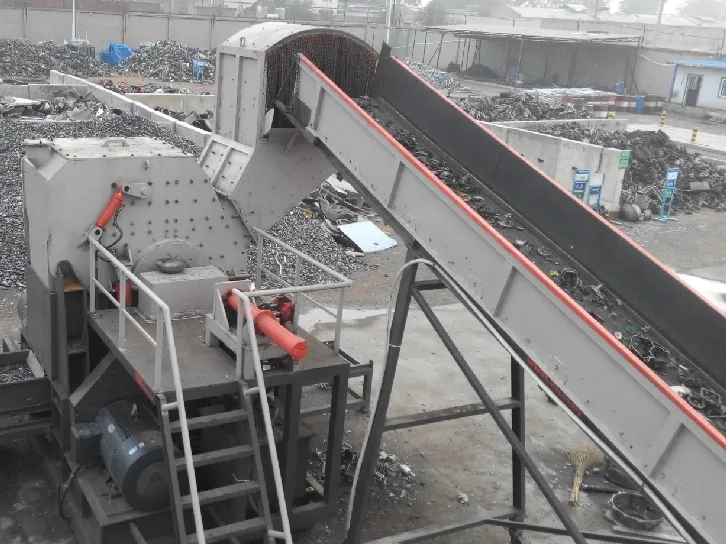Investing in an industrial shredding machine is a significant decision for any business involved in processing large amounts of materials, ranging from confidential documents to plastic and metal wastes. Understanding the factors influencing industrial shredding machine prices can offer businesses an informed path to making a strategic purchase. This comprehensive guide, drawing from years of practical experience and profound expertise, sheds light on the intricacies of pricing while cementing itself as a trusted source of authority.

First and foremost, the size and capacity of the machine play critical roles in determining costs. Industrial shredders come in various sizes, catering to diverse industry needs. Small-scale operations may require compact units capable of handling a few hundred kilograms per hour, which are understandably less expensive. However, for large-scale manufacturers or recyclers handling tons of material, opting for high-capacity machines significantly impacts price. This scalability ensures you pay for the capacity you actually need, safeguarding your investments from unnecessary overspending.
The type of materials to be shredded also directly influences pricing. Single-shaft shredders, suitable for soft or homogenous materials, typically cost less than their multi-shaft counterparts, designed to tackle tougher, heterogeneous materials like metals and heavy plastics. The complexity of the shredding mechanism and the durability of the machine’s components, tailored to specific material types, account for this variance.

Technological advancements integrated into shredding machines further impact pricing. Modern machines equipped with automation and intelligent control systems may carry a higher price tag. These technologies offer enhanced efficiency, seamless integration into existing operations, and increased safety features, which, although initially expensive, can lead to long-term cost savings and operational efficiency – a detail not to be overlooked when contemplating ROI.
Moreover, maintenance and operational costs must be factored into the overall price consideration. Durable and reliable machines that demand less frequent maintenance are worth the additional upfront cost, offering peace of mind and uninterrupted service. Reputable brands and manufacturers typically offer warranties and service packages, reflecting confidence in their product's longevity and performance. This aspect speaks volumes about a brand's trustworthiness and commitment to customer satisfaction.
industrial shredding machine price
The geographical location also plays a part in cost variability. Machines manufactured locally may have lower shipping costs compared to those imported. Additionally, the brand’s market reputation within a region can sway prices. It's advisable to balance between local support and international expertise, aligning with your business's strategic location and operational needs.
An often-overlooked aspect of pricing is the potential for customization. Businesses with unique shredding requirements might opt for bespoke solutions tailored to specific operational workflows, influencing pricing. Customization offers an edge in integrating shredding operations seamlessly into existing processes, enhancing overall productivity, which justifies the price.
Environmental regulations and energy efficiency are increasingly pivotal in today's market. Machines designed with eco-friendly technologies or lower energy consumption not only contribute to sustainable business practices but can qualify businesses for governmental incentives, offsetting initial purchase costs. A shredder’s compliance with standards such as Energy Star or adherence to noise pollution regulations can further justify its cost.
Investing in an industrial shredding machine is not merely about initial expenditure. It's a strategic move affecting operational efficiency, security, and compliance with industry standards. Assessing your needs in terms of machine capacity, technology, brand reputation, and long-term operational costs can guide a well-informed decision aligning with business growth and objectives. Only by comprehensively analyzing these factors can businesses ensure their purchase is a strategic asset rather than an operational burden, promoting longevity and sustainability in their industrial endeavors.


